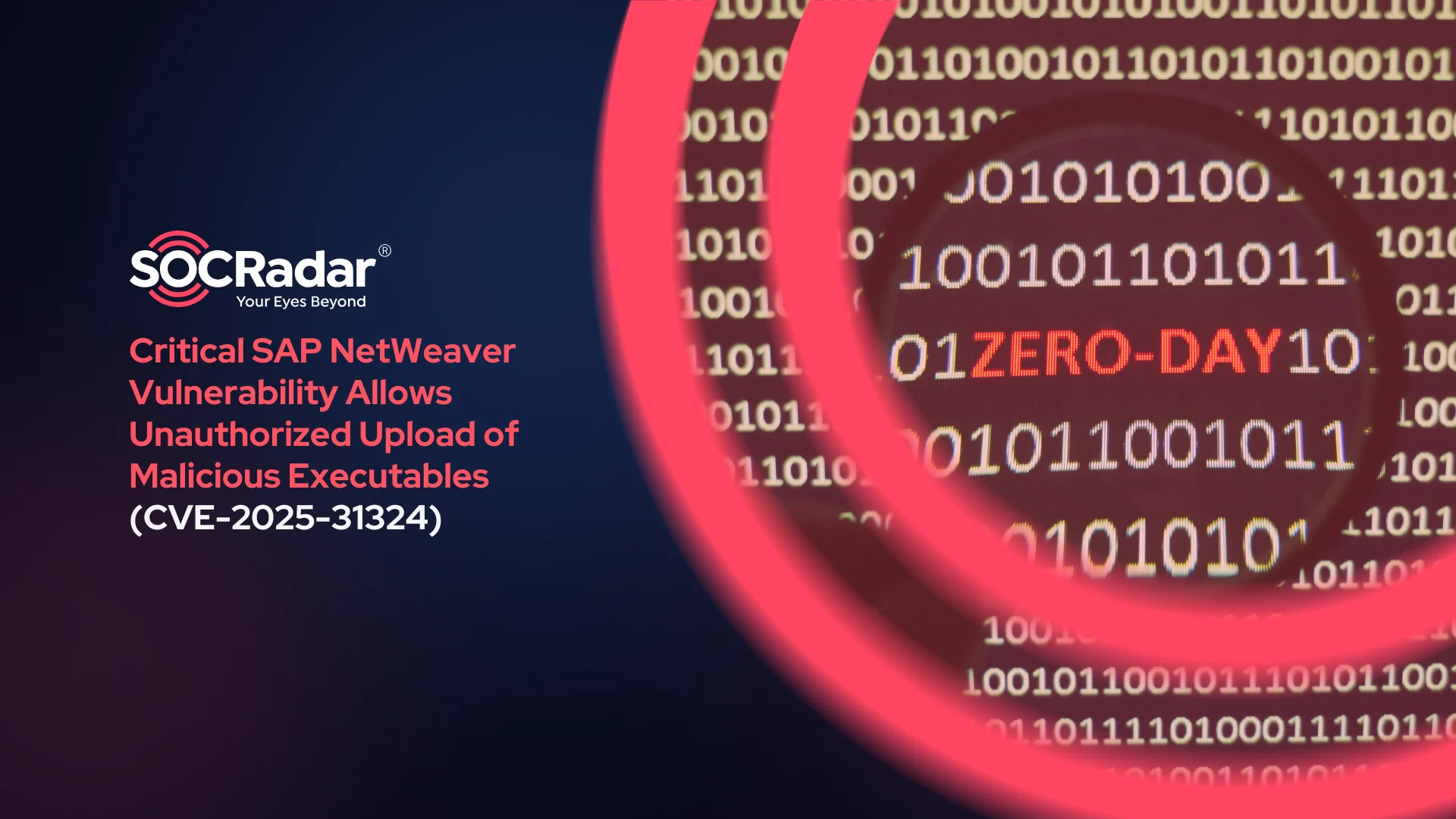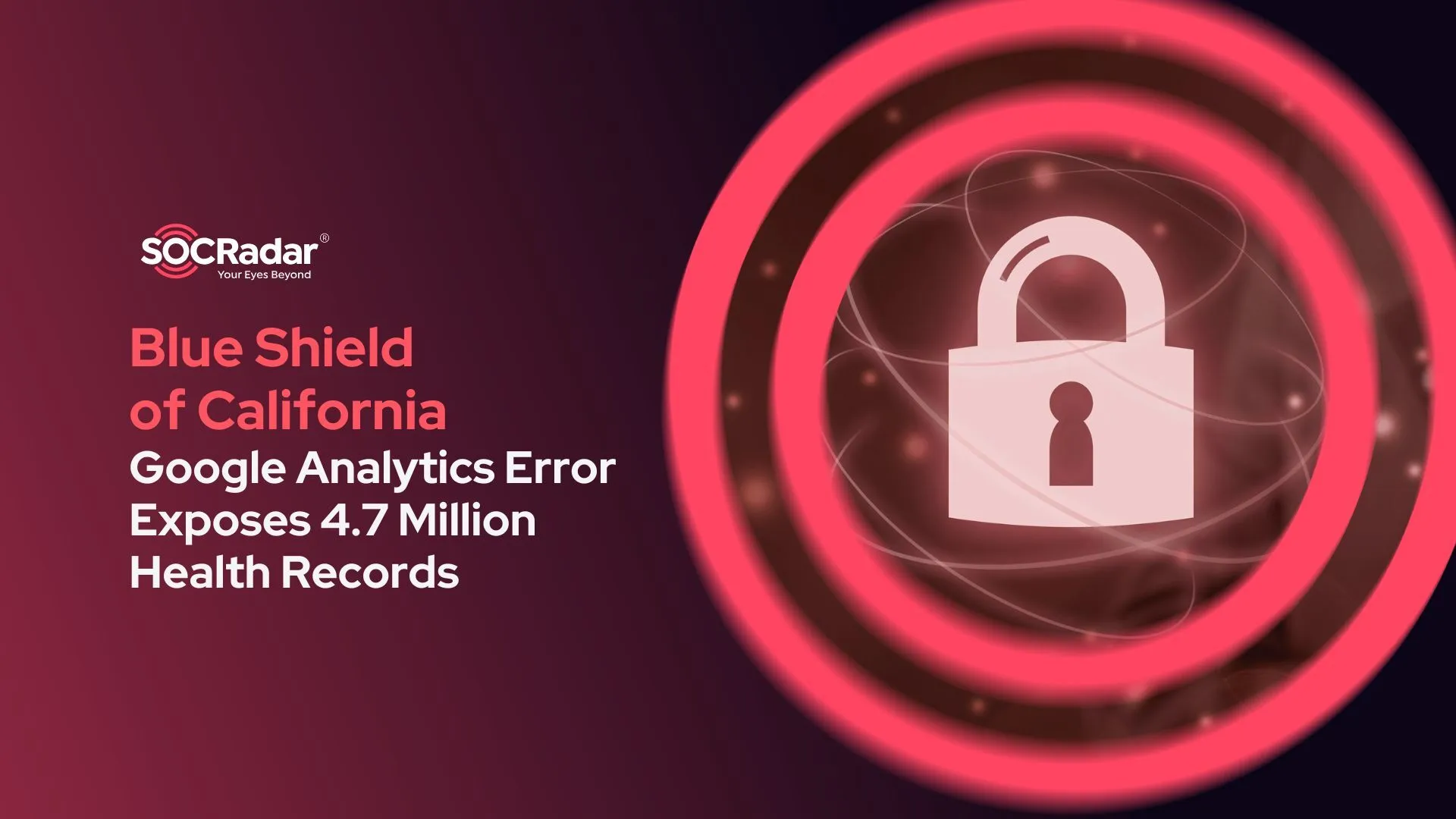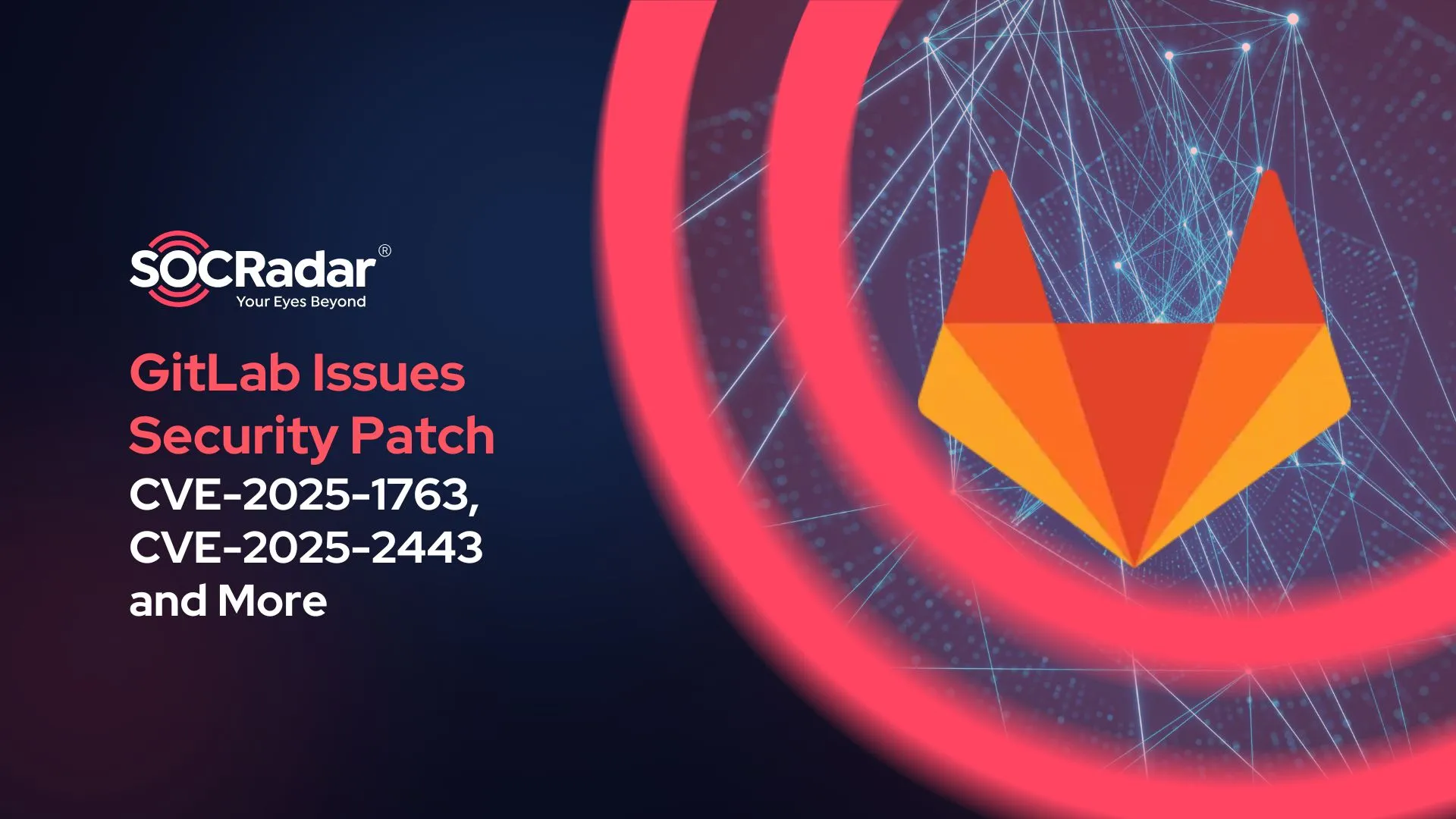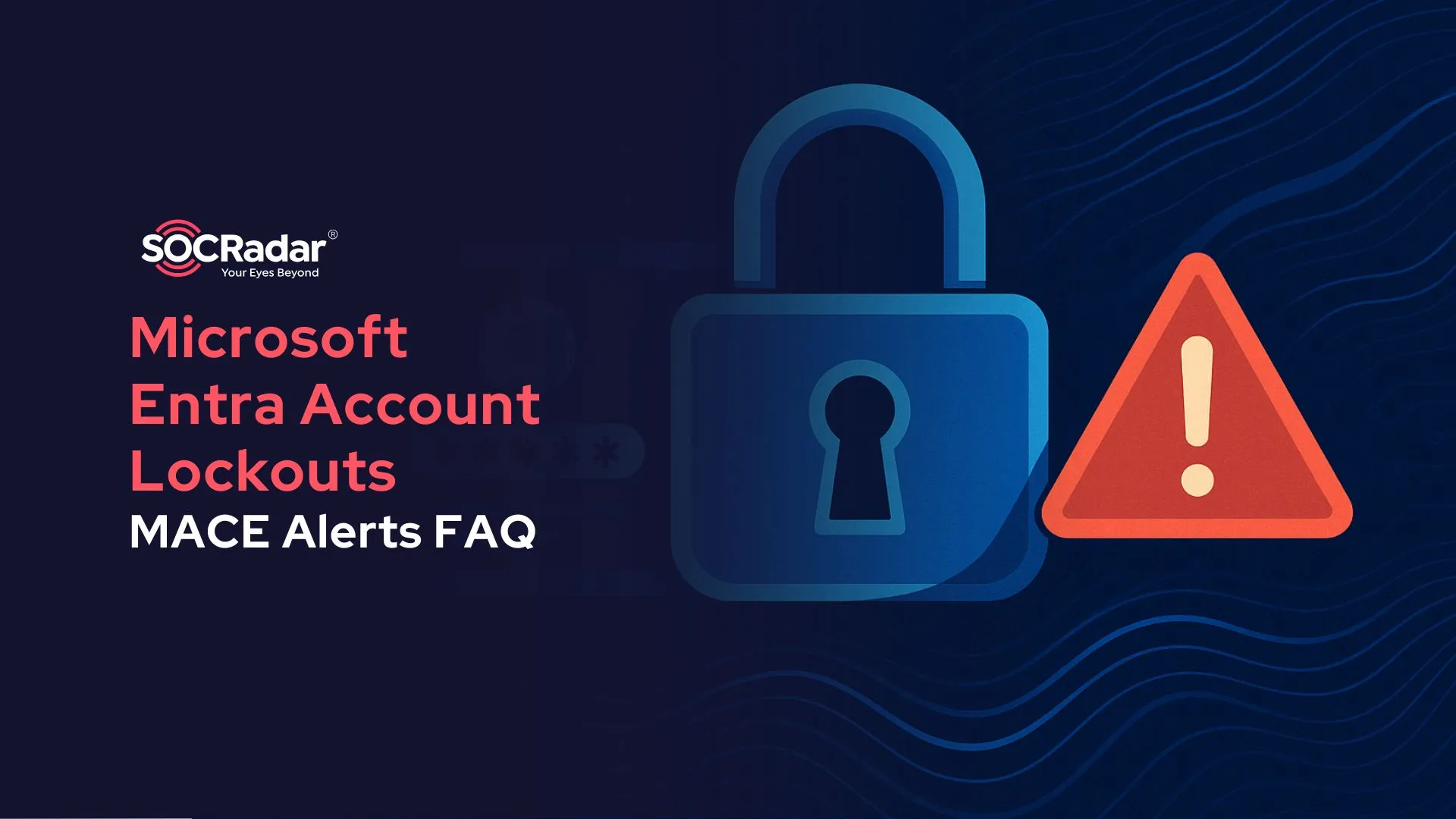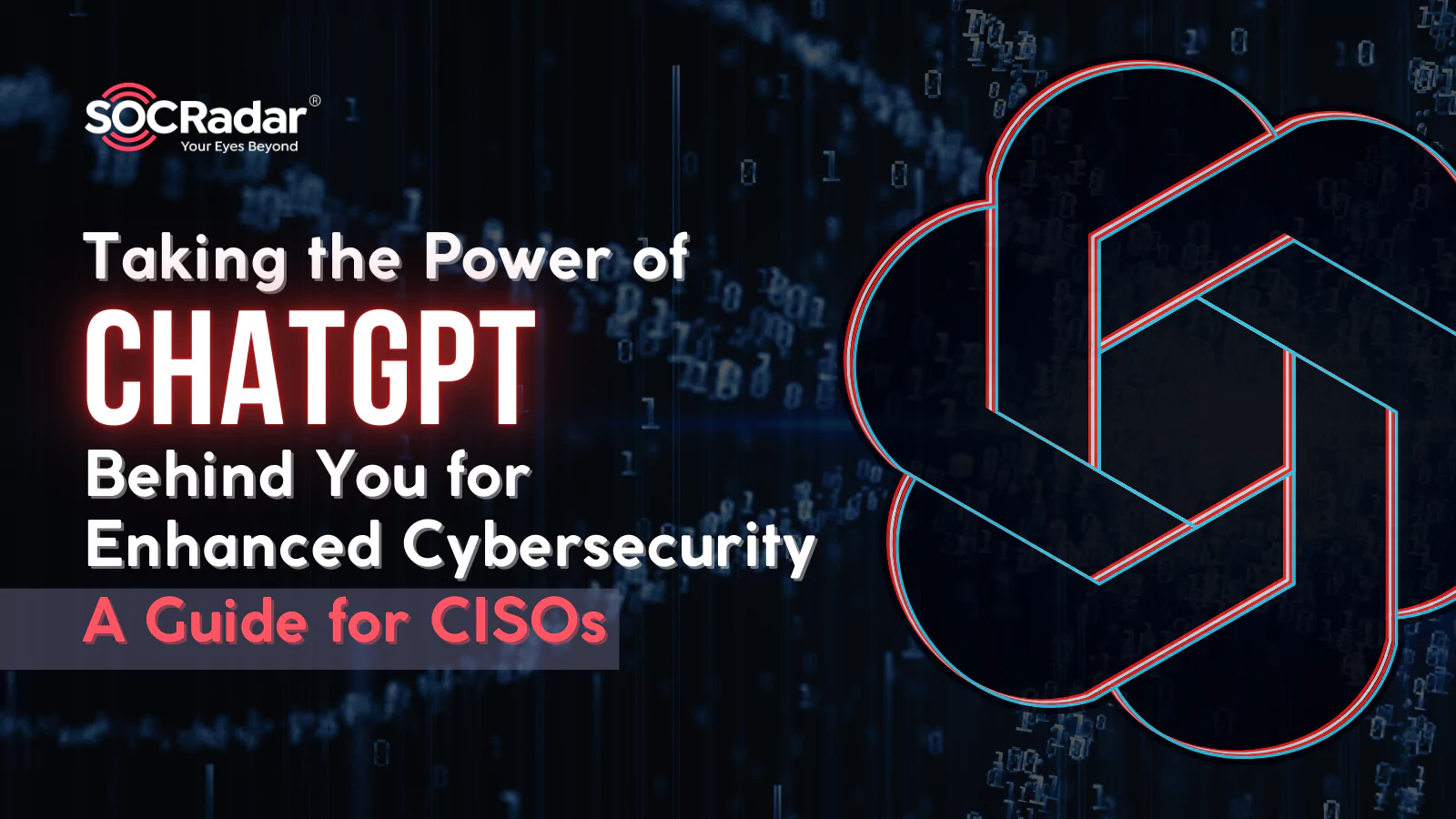
Taking the Power of ChatGPT Behind You for Enhanced Cybersecurity: A Guide for CISOs
In today’s rapidly evolving digital landscape, Chief Information Security Officers (CISOs) face an uphill battle to safeguard their organizations from an ever-increasing array of cyber threats. The rise of Artificial Intelligence (AI) has not only transformed the way we approach cybersecurity but has also introduced powerful tools that can greatly assist CISOs in their mission to protect their assets, data, and reputation. Among these tools, ChatGPT stands out as a versatile and valuable asset that can enhance threat analysis, incident response, and overall security posture.
In this blog post, we will explore the pivotal role that ChatGPT plays in the realm of cybersecurity, focusing on practical use cases to illustrate its capabilities.
Part 1: The Growing Significance of AI in Cybersecurity
The past decade has seen a paradigm shift in the world of cybersecurity. As cyber threats have become more sophisticated and relentless, traditional security measures are no longer enough to keep organizations safe. In this era of advanced persistent threats, AI has emerged as a game-changer, offering CISOs the ability to analyze vast datasets, identify anomalies, and respond to incidents with unprecedented speed and accuracy.
One of the most powerful AI tools at the disposal of CISOs is ChatGPT, a language model developed by OpenAI. While ChatGPT is renowned for its natural language processing capabilities, its potential in cybersecurity extends far beyond mere conversation. Here, we will explore how ChatGPT can be harnessed to bolster your organization’s defenses in three key areas: threat analysis, incident response, and security awareness training.
Threat Analysis: Discovering the Power of ChatGPT
Effective threat analysis is the cornerstone of any robust cybersecurity strategy. Identifying vulnerabilities and potential threats before they manifest is essential for staying one step ahead of malicious actors. ChatGPT can be a valuable ally in this endeavor, offering its capabilities in several ways.
Automating Threat Intelligence Analysis
The volume of threat intelligence data available is overwhelming, and manually sifting through it is a herculean task. This is where ChatGPT shines. By training it on a steady stream of threat intelligence feeds and historical data, you can create a threat analysis assistant capable of automatically parsing, categorizing, and prioritizing threats. This not only saves time but also ensures that no critical information slips through the cracks.
An example industrial use case scenario: Companies/organizations and institutions utilize ChatGPT to automate the analysis of threat intelligence feeds. This results in reduction in manual effort and increase in the accuracy of threat prioritization.
Predicting Emerging Threats
ChatGPT’s ability to process natural language allows it to analyze data from a wide range of sources, including news articles, blogs, and social media. By continuously monitoring these sources and feeding ChatGPT with these data and using it to identify emerging trends and keywords associated with potential threats, CISOs can stay ahead of the curve and proactively address evolving risks.
An example industrial use case scenario: Companies/organizations and institutions can identify a new strain of ransomware by monitoring online discussions and news articles with ChatGPT. This early warning allowed them to patch vulnerabilities and prevent an outbreak.
Crafting Effective Incident Response Plans with ChatGPT
Effective incident response is essential to minimize the impact of cyberattacks. ChatGPT can be a valuable asset in this area, helping CISOs craft robust incident response plans that are tailored to their organization’s unique risks and requirements.
Threat Models, Top-of-Table Scenarios, Rapid Scenario Analysis
ChatGPT’s ability to simulate conversations and scenarios can be invaluable when crafting incident response plans. By creating realistic simulations of potential cyberattacks and response scenarios, CISOs can train their teams and ensure they are well-prepared to handle real-world incidents.
Also, ChatGPT can help you in Threat modeling. Threat modeling is a process used to identify potential security risks in a system, application, or network. It consists of steps of thinking like a potential attacker and examining what assets are at risk, who the potential attackers might be, and what methods they might use to compromise the system.
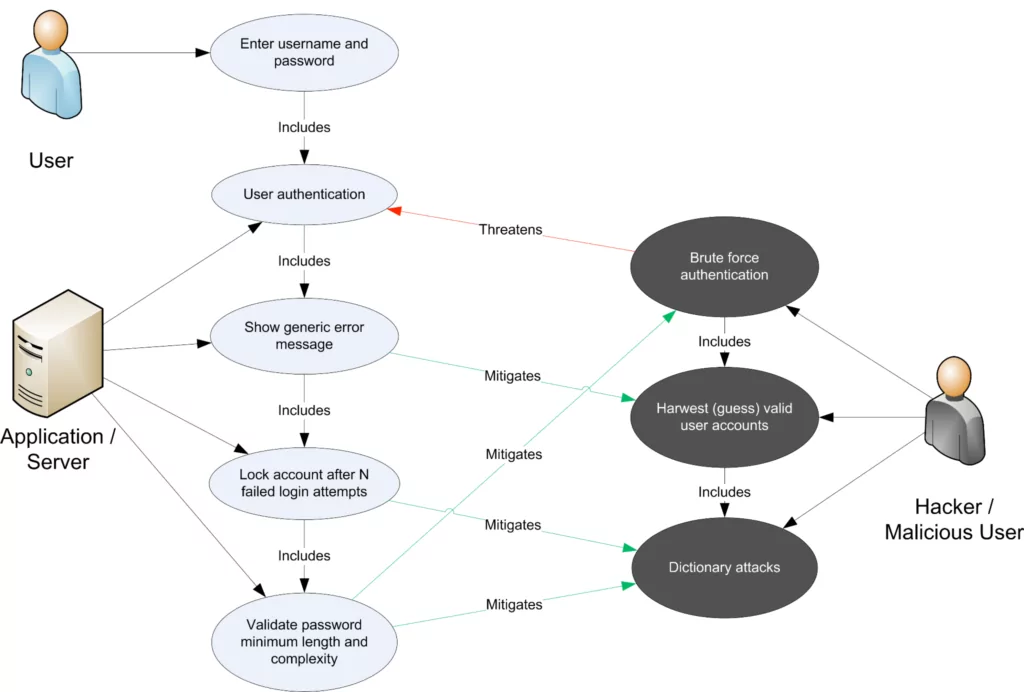
By identifying possible and relevant threats, companies/organizations and institutions can take steps in advance against adversaries to address them before they can exploit vulnerabilities, improving the overall security posture of the system.

Unleash your imagination with ChatGPT: here are some hacker fictions written by ChatGPT.
Dynamic Response Recommendations
During a cyber incident, time is of the essence. ChatGPT can assist by providing real-time recommendations for incident containment and mitigation. By feeding ChatGPT with your organization’s specific policies and procedures, it can offer guidance on the most effective actions to take in the heat of the moment. You can utilize ChatGPT also while preparing policies and procedures you would need to comply with industry standards.
A possible success story: A manufacturing firm integrated ChatGPT into their incident response workflow. During a data breach, ChatGPT provided step-by-step guidance to the incident response team, resulting in a faster containment and mitigation process.
Optimizing Security Awareness Training
The human element remains a significant vulnerability in cybersecurity. Ensuring that your employees are well-informed and vigilant is crucial. ChatGPT can enhance your security awareness training programs in several ways.
Personalized Training Modules
ChatGPT can generate personalized security awareness training modules for employees based on their roles and potential vulnerabilities. These modules can be delivered through various channels, including e-mail, chatbots, or dedicated training portals.
An example industrial use case scenario: Companies/organizations and institutions can use ChatGPT to deliver personalized phishing awareness training to employees. The training modules were tailored to each employee’s level of susceptibility to phishing attacks, resulting in a reduction rate in successful phishing attempts.
Realistic Phishing Simulations
Phishing attacks remain a primary vector for cyber threats. ChatGPT can generate realistic phishing simulations, including e-mails and social engineering attempts, to test your employees’ ability to detect and respond to phishing attempts.
Government agencies can use ChatGPT to conduct phishing simulations on a regular basis. This led to a significant improvement in employees’ ability to identify and report phishing attempts, reducing the success rate of real phishing attacks.
In conclusion, ChatGPT is a powerful tool that CISOs can leverage to enhance their organization’s cybersecurity strategy. Whether it is automating threat intelligence analysis, crafting effective incident response plans, or optimizing security awareness training, ChatGPT’s capabilities are invaluable in the modern threat landscape.
As you consider integrating ChatGPT into your cybersecurity arsenal, it is essential to remember that its effectiveness depends on the quality of data it is trained on and the specificity of its training. To make the most of the AI tool, invest in continuous training and fine-tuning to ensure it aligns with your organization’s unique needs and evolving threats.
In the next section, we will delve into the practical steps CISOs can take to implement ChatGPT effectively in their cybersecurity strategy, including data preparation, model fine-tuning, and ongoing monitoring and adaptation. Stay tuned for valuable insights into making ChatGPT a formidable ally in your battle against cyber threats.
Part 2: Implementation of ChatGPT and Best Practices
In the previous section, we explored how ChatGPT can be a valuable asset in enhancing threat analysis, incident response, and security awareness training for CISOs. In this section, we will delve into the practical steps CISOs can take to implement ChatGPT effectively in their cybersecurity strategy. We will also discuss best practices for data preparation, model fine-tuning, and ongoing monitoring and adaptation.
Data Preparation: The Foundation of Success
The success of ChatGPT in cybersecurity heavily depends on the quality and relevance of the data it is trained on. Here are essential steps to ensure your data is prepared effectively:
1. Curate High-Quality Training Data
Begin by curating a diverse dataset that includes relevant cybersecurity documents, threat intelligence reports, incident response procedures, information security management policies and procedures, and other domain-specific materials. The dataset should reflect the specific threats and challenges your organization faces.
2. Anonymize and Protect Sensitive Information
Ensure that sensitive or confidential information is removed or anonymized from the training data. This is critical to protect your organization’s data and maintain compliance with privacy regulations.
3. Fine-Tune ChatGPT on Domain-Specific Data
While GPT is a powerful language model, fine-tuning it on domain-specific data can significantly enhance its performance in cybersecurity tasks. You can fine-tune the model using a labeled dataset that includes examples of threat analysis, incident response, and security awareness training.
4. Regularly Update Training Data
Cyber threats evolve rapidly, so it is essential to keep your training data up to date. Regularly refresh the model with the latest threat intelligence and incident data to ensure its relevance and accuracy.
Model Fine-Tuning: Tailoring ChatGPT for Cybersecurity
Fine-tuning ChatGPT on domain-specific data is a crucial step to ensure it understands and responds to cybersecurity-related queries effectively. Here’s how to go about it:
5. Define Clear Objectives
Before fine-tuning, clearly define the objectives you want to achieve with ChatGPT in cybersecurity. Is it for threat analysis, incident response, or security awareness training? Having a well-defined goal will guide the fine-tuning process.
6. Create Labeled Examples
Generate a dataset of labeled examples that represent the types of questions or tasks ChatGPT will encounter in a cybersecurity context. For instance, provide examples of incident response procedures, security policies, or simulated threat scenarios.
7. Fine-Tune the Model
Use the labeled dataset to fine-tune ChatGPT. You can leverage transfer learning techniques to adapt the model to your specific use cases. Fine-tuning helps the model better understand and generate contextually relevant responses in the cybersecurity domain.
Ongoing Monitoring and Adaptation
After implementing ChatGPT in your cybersecurity strategy, it’s crucial to monitor its performance and adapt as needed:
8. Monitor Response Quality
Regularly assess the quality of ChatGPT’s responses in real-world scenarios. Ensure that it is providing accurate and contextually relevant information. Address any issues or inaccuracies promptly.
9. Update Fine-Tuning Data
As your organization’s cybersecurity landscape evolves, update the fine-tuning data accordingly. Incorporate new threat intelligence, incident response procedures, and security policies to keep ChatGPT aligned with current challenges.
10. Incorporate User Feedback
Encourage your cybersecurity team to provide feedback on ChatGPT’s performance. User feedback can be invaluable in identifying areas where the model can be improved and fine-tuned further.
Ensuring Ethical and Secure Use
As CISOs, it’s essential to uphold ethical and security standards when implementing AI technologies like ChatGPT:
11. Ethical Use of AI
Ensure that the use of ChatGPT aligns with ethical principles and legal regulations. Respect privacy rights, data protection laws, and confidentiality agreements in all AI-related activities.
12. Secure Deployment
Implement robust security measures to protect ChatGPT and the data it processes. Regularly update the model and apply security patches to mitigate vulnerabilities.
Conclusion
Leveraging ChatGPT in your cybersecurity strategy can be a game-changer for CISOs. Its capabilities in threat analysis, incident response, and security awareness training offer significant advantages in today’s cyber threat landscape. By following best practices in data preparation, model fine-tuning, and ongoing monitoring and adaptation, you can harness ChatGPT’s full potential to enhance your organization’s cybersecurity posture.
In the final section of this guide, we will explore possible use cases and success stories of organizations that have successfully integrated ChatGPT into their cybersecurity strategies. These case studies will provide further insights into the practical benefits and outcomes achievable with ChatGPT.
Part 3: Possible Use Cases of ChatGPT and Success Stories
In the previous sections, we discussed the rising importance of AI in cybersecurity and how GPT can be implemented effectively in threat analysis, incident response, and security awareness training. Now, let’s delve into real-world success stories to illustrate how organizations have harnessed the power of ChatGPT to enhance their cybersecurity strategies.
Institutions Fortify Threat Analysis
Challenge: A global institution might face the daunting task of analyzing an overwhelming volume of threat intelligence data. Manual analysis was time-consuming and prone to human error, jeopardizing their ability to respond to emerging threats effectively.
Solution: The institution can implement ChatGPT to automate the analysis of threat intelligence feeds. They can fine-tune the model on historical data and continuously update it with the latest threat information.
Results: ChatGPT can significantly reduce the time and effort required for threat analysis. Its ability to prioritize threats accurately can enable the institution to focus its resources on mitigating high-priority risks promptly. As a result, the organization can see a remarkable reduction in manual effort and an increase in the accuracy of threat prioritization.
Companies Enhance Incident Response
Challenge: Let’s assume that a technology company recognized the need to improve its incident response capabilities. They wanted to ensure that their incident response team was well-prepared to handle real-world cyberattacks effectively.
Solution: The company can integrate ChatGPT into its incident response workflow to simulate various cyberattack scenarios. They can use ChatGPT to create realistic simulations of ransomware attacks, data breaches, and phishing incidents.
Results: By practicing incident response in a risk-free environment using ChatGPT simulations, the incident response team can become more adept at handling real-world incidents. During an actual ransomware attack, they can experience a n important reduction in incident resolution time. The ability to simulate scenarios allows the team to react more swiftly and effectively, minimizing the impact of the attack on the organization’s operations and data.
Organizations Identify Emerging Threats
Challenge: Organizations need a proactive approach to identify emerging threats, especially in light of the growing number of cyberattacks targeting the healthcare sector.
Solution: Organizations can employ ChatGPT to monitor online discussions, news articles, and social media for keywords and trends related to cybersecurity threats. ChatGPT continuously analyzed this data to detect potential threats.
Results: ChatGPT’s real-time monitoring and analysis capabilities can prove invaluable. Organizations can identify a new strain of ransomware early in its development and take immediate action to patch vulnerabilities and strengthen security measures. This proactive approach prevented a potentially devastating data breach.
Corporations Mitigate Phishing Attacks
Challenge: Assume a multinational corporation struggled with a high rate of successful phishing attacks. They needed a way to improve their employees’ ability to detect and respond to phishing attempts.
Solution: This corporation can leverage ChatGPT to deliver personalized phishing awareness training to its employees. ChatGPT generated training modules can be tailored to each employee’s susceptibility to phishing attacks.
Results: The personalized training modules have a significant impact on employee awareness and preparedness. The organization can see a remarkable reduction in successful phishing attempts after implementing ChatGPT-driven training. Employees can become more vigilant and skilled at identifying phishing attempts, enhancing the organization’s overall security posture.
Conclusion
These possible use cases and fictional success stories illustrate the tangible benefits of integrating ChatGPT into cybersecurity strategies. Whether it is automating threat intelligence analysis, improving incident response, or enhancing security awareness training, GPT offers a versatile and powerful tool for CISOs. These organizations successfully harnessed GPT’s capabilities to bolster their cybersecurity defenses, demonstrating that AI-driven solutions are invaluable in today’s dynamic threat landscape.
As you consider implementing ChatGPT in your own organization, remember that success depends on careful data preparation, model fine-tuning, and ongoing monitoring and adaptation. By following best practices and learning from these success stories, you can maximize the value of ChatGPT and strengthen your organization’s cybersecurity posture.
In conclusion, ChatGPT is not just a language model but a strategic asset in the fight against cyber threats. Its ability to analyze data, simulate scenarios, and enhance security awareness makes it a valuable ally for CISOs striving to stay ahead in the ever-evolving world of cybersecurity. Embrace the power of ChatGPT and equip your organization with the tools needed to defend against today’s cyber challenges.





























